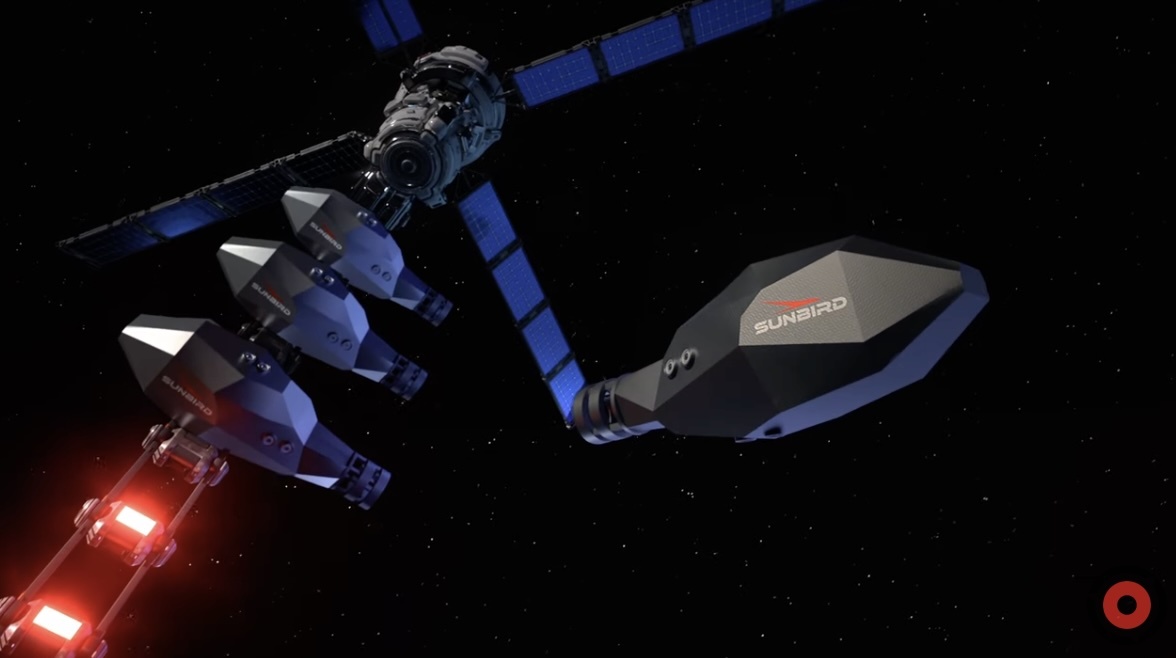16.04.2025
This superfast propulsion system could aid humanity's exploration goals someday.

When it comes to the future of space travel, nothing exceeds like excess.
Pulsar Fusion hopes to demonstrate that axiom with its planned Sunbird nuclear fusion rocket, which is designed to travel at speeds of 329,000 mph (500,000 kph).
That would make it the fastest self-propelled object ever created by humankind. (NASA's Parker Solar Probe has reached greater velocities during close solar flybys, thanks to the sun's powerful gravitational pull.)
Pulsar Fusion — a U.K.-based aerospace startup founded by entrepreneur Richard Dinan — recently released a new concept design video that lays out the operational capabilities of Sunbird, a visionary project that won’t rely on gravitational assistance to reach peak velocity.
Theoretically, Sunbird's tremendous speeds could cut mission times to Mars in half, from seven to eight months to about four. Pulsar Fusion views the vehicle as an interplanetary tug; Sunbird would attach to other craft in space and give them a fusion-powered boost to reach their destinations.
Pulsar Fusion has received funding from the U.K. Space agency. The startup is planning to begin in-orbit testing of Sunbird's Dual Direct Fusion Drive in late 2025, with an objective of reaching successful nuclear fusion in space by 2027.
These goals are ambitious, of course. Nuclear fusion — the process that powers the sun and other stars — has not yet been harnessed as a large-scale energy source here on Earth.
Quelle: SC
